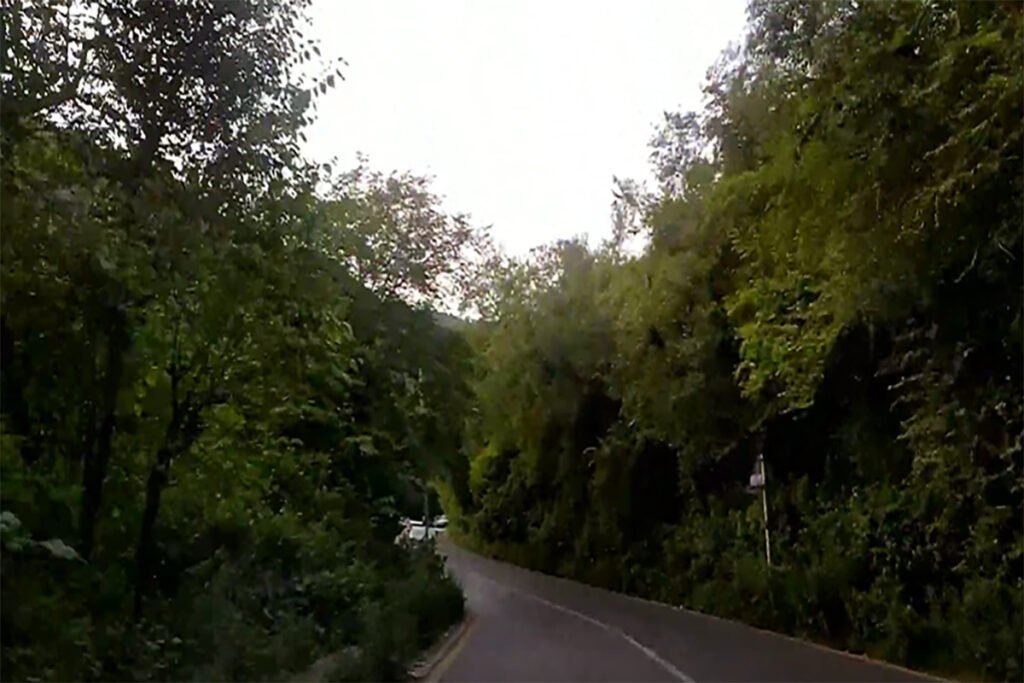The Grand Trunk Road, also known as the GT Road, is one of the oldest and longest roads in South Asia. This historic road runs from Chittagong in Bangladesh to Kabul in Afghanistan, covering a distance of over 2,500 kilometers. It is an important trade route and has played a significant role in the cultural, social, and economic development of the Indian subcontinent.
History of GT Road
The history of the GT Road dates back to the Mauryan Empire, when King Chandragupta Maurya built a network of roads connecting his empire to the rest of the world. Later, during the Mughal Empire, the road was expanded and developed into a major trade route. The Mughals constructed several caravanserais, or resting places, along the route to provide facilities for travelers, traders, and their animals.
During the British colonial era, the GT Road was further developed and expanded, connecting major cities and towns across the subcontinent. The British also constructed several bridges and culverts, making travel along the road much easier and safer. The road was an important means of transportation for the British Army during the colonial period, and it played a crucial role in the movement of troops and supplies during the two World Wars.
Today, the GT Road is still an important artery of transportation and commerce in South Asia. It connects major cities such as Delhi, Lahore, Amritsar, and Kolkata, and is a vital link between the ports of Karachi and Chittagong. The road is also an important cultural and historical symbol of the region, and has been immortalized in literature and film.
Grand Trunk Road Built By:
Sher Shah Suri, who was a ruler of the Suri dynasty in the 16th century, is often credited with the construction and renovation of the Grand Trunk Road. During his reign from 1540 to 1545, Sher Shah Suri undertook a massive public works program that included the construction of several highways, sarais (rest houses), and other infrastructure projects throughout his empire, which covered much of present-day India, Pakistan, and Afghanistan.
One of his most notable achievements was the renovation and expansion of the ancient Grand Trunk Road, which had fallen into disrepair over the centuries. Sher Shah Suri is said to have rebuilt the road with stone and brick, and improved its drainage and alignment. He also built many sarais along the route to provide shelter and facilities for travelers, traders, and their animals.
While Sher Shah Suri’s contribution to the Grand Trunk Road is significant, it should be noted that the road was in existence long before his time, and was expanded and developed by many rulers and empires over the centuries. The Mauryan Empire, for example, had a well-developed road network that connected its capital city of Pataliputra with other parts of the empire.
The Mughals also played a significant role in the expansion and development of the road, as did the British colonial authorities. Therefore, the Grand Trunk Road is the result of the collective efforts of many rulers and civilizations over a long period of time.
The GT Road has seen many changes over the years, but it still retains its ancient charm and historical significance. Traveling along this road is a journey through time, as one can witness the changing landscapes, cultures, and traditions of the subcontinent. The road is also a testimony to the resilience and spirit of the people of South Asia, who have traversed this route for centuries, overcoming challenges and adapting to new circumstances.
In conclusion, the Grand Trunk Road is a living testament to the rich history and culture of South Asia. Its importance as a trade route, a means of transportation, and a cultural icon cannot be overstated. It is a reminder of the enduring legacy of the ancient empires and civilizations that once flourished in this region, and a tribute to the people who have made this road a part of their lives and their heritage.







